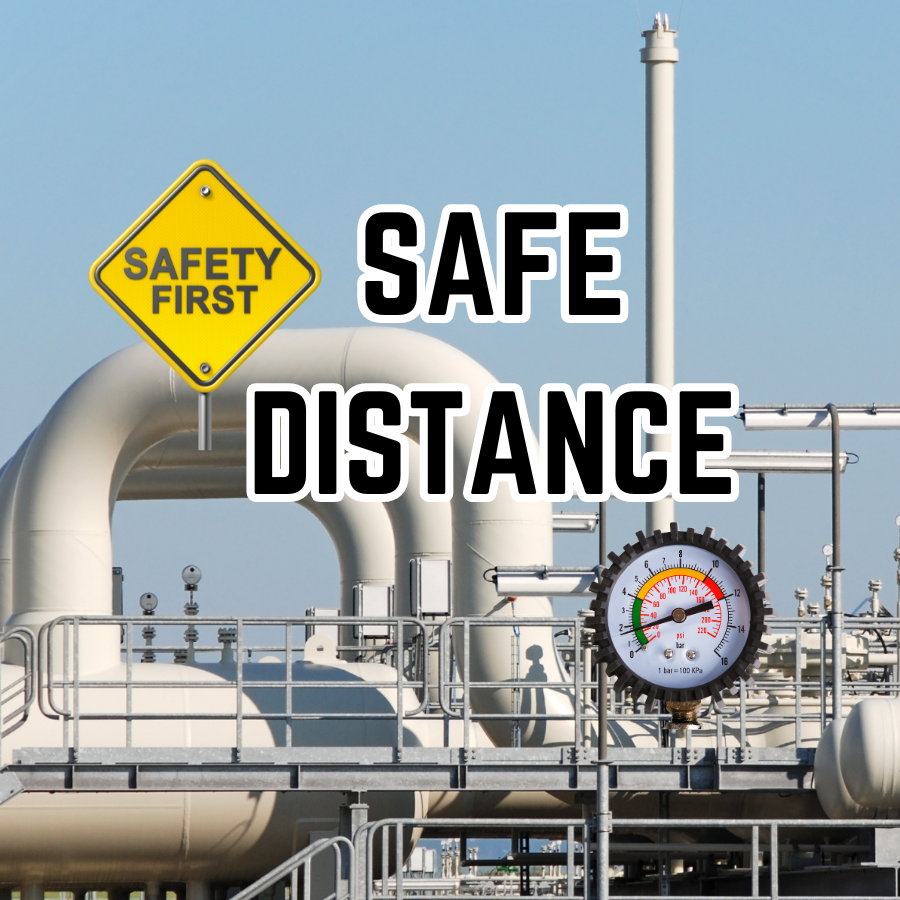Pipe Supports and Restraints
Pipe Supports and restraints not only carry the pipe weight but also take attachments’ weight like flange, valve, indicators, inline instrument, insulation, lining, and additionally external forces like wind and earthquake.
The restraints limit the piping system to control their movement by resisting the loads that are due to thermal expansion, wind, earthquake, and vibration.
Both restraints and supports are collectively called “Pipe Support”.
Different pipe support types are specifically produced by manufacturers which are called “support devices or flexible supports”. These are spring support, snubber, and sway braces. These are flexible because they move in three directions. Rigid supports move in two directions, horizontally or laterally but not vertically. The weight is usually supported by a shoe, bracket support, dummy leg, or rigid hanger. The companies prepare their standard support details that are for reducing the cost and improving constructibility.
This blog is about ‘rigid pipe supports’. Let’s have a look in detail;
Rigid Pipe Support
A bare pipe can rest on a beam of a structure. This is the simplest way to support a pipe. However, due to thermal movement, the pipe may erode following the cyclic conditions of the line. To prevent this, you can use a ‘pad’ that welded on the surface of the pipe. Pipe support with or without a pad is the most economical solution but, due to thermal expansion and external forces, restraints will be required.
The restraints limit the movement of the pipe in three directions due to thermal or occasional movement, and resist the forces due to thermal or occasional forces.
All these restraints can be designed in many different ways. The companies prepare their standard support details that are for reducing the cost and improving constructibility.
Up to 10 inch pipe, the lines can be rest on the structure beam without any support, if there is no insulation requirement on the line. For the insulated lines, an inverted T profile or manufactured T shapes can be welded to the pipe.
For larger lines between 12 inch to 24 inch pipe, ‘hot rolled H profiles’ should be used as a pipe shoe. This is because of heavier piping and so, the load will be divided in two. Rather than the H profile, a shoe made of individual plates can also be used.
Operating temperatures higher than 400 degrees Celsius, a shoe, made of trunnion or a clamped shoe will be required. Because the junction of the pipe shell and shoe will contain excessive stresses due to high thermal expansion.
Pipe sizes larger than 24” are required to be supported by saddles. The pipe shell of a large pipe has a higher tendency to deform at a support location due to relatively high self-weight, high radius-to-thickness ratio, and smaller internal pressure.
So, engineers should consider the support requirements of large pipes for each case. Because the deformation in support locations is related to the internal pressure, thickness, and diameter of the pipe.
Support Spacing
The allowable support span is determined by stress and displacement criteria. The beam deflection approach is the evaluation method for support spacing calculation. However, this is not applicable for any concentrated loads like flange or valve on the line and is also not valid for overhanging pipe spans.
The allowable span is to be taken from the smallest of L1 and L2 equations.
For an overhanging span, a quarter-circle approach can be used as shown. The overhanging distance can be assigned according to the diagram output.











This blog is intended as a guide to determining the minimum safe spacing of plants and equipment in Oil Refineries, Petrochemical Complexes, and similar installations.
The spacing recommendations will apply in the absence of Clients' standards or supplement such standards where necessary. They are based on current industry practice.
The spacing recommendations aim to ensure that available plot areas are used economically without affecting personnel safety or plant vulnerability.